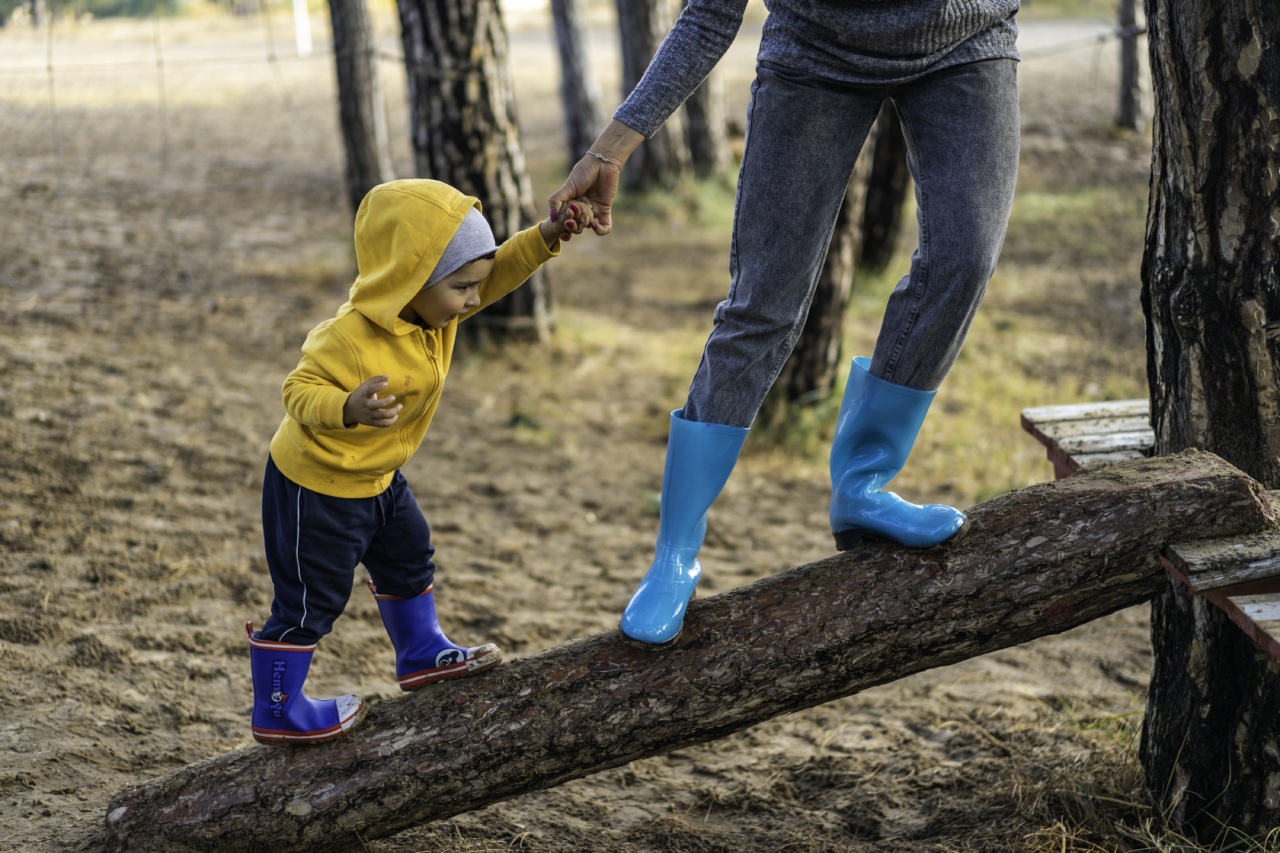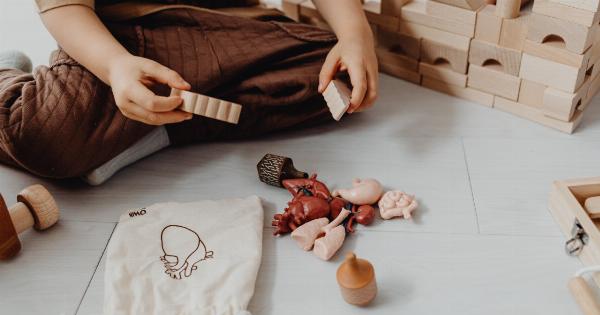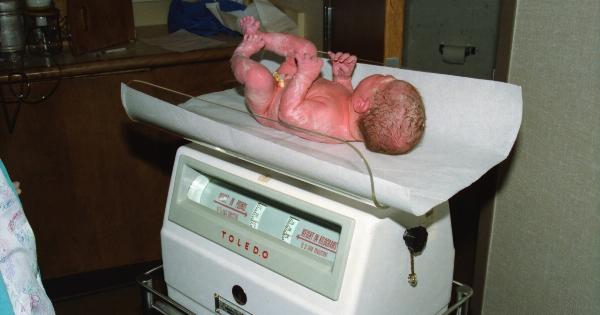Watching your baby go through various developmental milestones is an exciting and joyous experience for parents. One such milestone is learning to crawl, which typically occurs between 6 and 10 months of age.
Crawling not only signifies physical growth and mobility but also plays a crucial role in your baby’s overall development. It helps strengthen their muscles, improve coordination, and enhance cognitive skills. As a parent, there are several ways you can facilitate and encourage your baby’s crawling journey.
In this article, we will explore various techniques and activities that can aid your baby in mastering the art of crawling.
The importance of crawling
Crawling is far more than just a means for your baby to get from one point to another. It lays an essential foundation for their future physical, social, and cognitive development. Here are some key reasons why crawling is crucial:.
Strengthens upper body muscles
During the crawling phase, your baby will rely heavily on their arms and shoulders to support and propel themselves forward. This motion helps develop and strengthen the muscles necessary for more advanced actions like sitting, standing, and walking.
Enhances coordination and balance
Crawling requires coordination between the arms, legs, and eyes. As your baby learns to crawl, they are effectively training their brain to communicate with their muscles and develop better hand-eye coordination and balance.
Improves cognitive skills
Research suggests that crawling can have a positive impact on cognitive skills. It helps stimulate the brain and develop spatial awareness, problem-solving abilities, and memory.
The cross-pattern movements involved in crawling activate both sides of the brain, fostering better brain development.
Promotes independence and exploration
When your baby starts crawling, they gain newfound independence as they explore their surroundings. It allows them to discover their environment, interact with objects, and develop their curiosity and problem-solving skills.
Creating a safe space
Prioritize creating a safe and comfortable space for your baby to practice crawling. Clear away any potential hazards or sharp objects that may injure them. Cover electrical outlets, secure cabinets, and ensure furniture is stable.
The space should be spacious enough to allow them to move freely without any obstructions.
Tummy time
Make tummy time a part of your daily routine. It is crucial for strengthening your baby’s neck, back, and shoulder muscles, which are essential for crawling.
Gradually increase the duration of tummy time sessions as your baby grows accustomed to being on their stomach. Encourage them with toys and engaging activities to keep them interested.
Encouraging crawling through play
Play is an excellent way to motivate your baby to crawl. Here are some activities you can try:.
Obstacle courses
Create a simple obstacle course using soft pillows, cushions, or tunnels. Place your baby at the starting point and entice them to crawl to reach a desired toy or favorite object. This encourages crawling while adding an element of fun.
Crawling buddies
If you have friends or family with babies around the same age, arrange playdates. Babies often mimic and learn from each other. Having crawling buddies can motivate your baby to emulate their peers and make the learning process more enjoyable.
Music and movement
Play lively music and dance along with your baby. Encouraging them to move to the rhythm helps them develop coordination and stimulates their desire to crawl. Use musical toys or instruments to enhance the experience.
Reward system
Create a simple reward system by placing their favorite toys just out of reach. This will motivate your baby to crawl towards the toys and bring a sense of accomplishment when they succeed.
Shower them with praise, claps, and hugs to reinforce their efforts.
Assisted crawling
Gently hold your baby’s hands or place your hands on their feet to guide their crawling movements. This provides them with the necessary support and helps them understand the crawling motion.
Gradually reduce your assistance as they gain confidence and independence.
Patience and encouragement
Every baby progresses at their own pace, so it’s essential to be patient and supportive throughout their crawling journey. Avoid excessive comparisons with other babies, as this can create unnecessary pressure.
Celebrate each milestone, no matter how small, and provide ample encouragement and praise.
Frequently Asked Questions (FAQs)
Q: How long does it take for a baby to learn to crawl?
A: The time taken for a baby to learn to crawl varies. Some babies learn to crawl as early as 6 months, while others may take up to 10 months or longer. It is important to remember that each baby develops at their own pace.
Q: What if my baby skips crawling?
A: It is not uncommon for some babies to skip crawling altogether and proceed directly to standing and walking.
If your baby bypasses the crawling stage, focus on supporting their progress in other ways, such as encouraging them to walk while holding onto furniture or using push toys.
Q: Is it normal for my baby to crawl backward?
A: Yes, crawling backward is a common part of the learning process. It is a precursor to crawling forward and indicates that your baby is building strength and coordination.
Conclusion
Helping your baby learn to crawl is an exciting and rewarding experience.
By creating a safe environment, incorporating tummy time, and engaging in playful activities, you can gently encourage and support your little one’s journey towards crawling. Remember to be patient, provide constant encouragement, and celebrate each milestone. Happy crawling!.




























